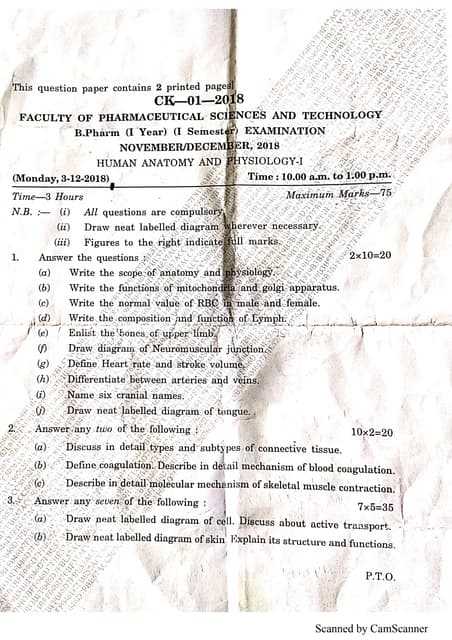
Understanding the human body is a complex but fascinating journey. From the smallest cells to the most intricate systems, each part plays a vital role in maintaining overall health. Gaining knowledge about how the body functions enables us to appreciate its remarkable design and the delicate balance it maintains for survival.
Basic principles involve studying various body systems, their interconnectedness, and how they work together to support life. Each system, whether it involves movement, circulation, or digestion, has a specific function that contributes to overall well-being. As we explore these topics, we uncover both the beauty and the complexity of our biological makeup.
By diving into this subject, we gain insights into how the body adapts to changes, responds to challenges, and repairs itself. With clear explanations and real-life examples, this section provides valuable information to anyone interested in the intricate workings of the human organism.
Understanding Basic Body Structure and Function
To truly comprehend how the human body operates, it’s essential to explore its underlying structures and processes. Every organ, tissue, and cell in the body plays a specific role, working in unison to maintain health. By understanding these fundamental components, we gain a clearer view of how our bodies adapt, respond, and thrive in a variety of conditions.
At the core of this understanding lies the study of different systems that function together seamlessly. These systems include the circulatory, respiratory, digestive, and nervous, each with its own specialized role in sustaining life.
- Circulatory System: Responsible for transporting blood, nutrients, and oxygen throughout the body.
- Respiratory System: Facilitates the exchange of gases, such as oxygen and carbon dioxide, between the body and the environment.
- Digestive System: Breaks down food to provide energy and essential nutrients to the body.
- Nervous System: Coordinates bodily functions through electrical signals, allowing rapid communication between the brain and body.
Each of these systems is interconnected, with changes in one often influencing others. For example, the respiratory system relies on the circulatory system to transport oxygen throughout the body. Understanding these interconnections is key to grasping the full scope of how our body works.
As we delve deeper into this topic, we’ll uncover how each system operates at both the microscopic and macroscopic levels, shedding light on the complexities of human life. From cellular activities to organ functions, every part plays an important role in sustaining life.
Human Body Structure and Functions
The human body is an intricate system composed of various components that work harmoniously to maintain life. From its fundamental building blocks, such as cells and tissues, to the complex organs and systems, every part plays a crucial role in ensuring the body functions properly. Understanding the structure of the body allows us to appreciate how it operates in a coordinated way to carry out essential tasks for survival.
Basic Body Components

The body can be broken down into several key components, each with a unique structure and function. At the smallest level, cells are the basic units of life. These cells group together to form tissues, which, in turn, make up organs. Different organs have specific roles, such as pumping blood, facilitating digestion, or enabling movement.
- Cells: The smallest units of life that form the foundation of all bodily functions.
- Tissues: Groups of similar cells that work together to perform a particular task.
- Organs: Complex structures composed of tissues that perform specific functions, such as the heart, lungs, or kidneys.
Systemic Functions
As components come together, they form larger systems that perform vital functions for the body’s survival. These systems include the circulatory, respiratory, digestive, and nervous systems, each specializing in different aspects of bodily function.
- Circulatory System: Responsible for transporting blood, nutrients, and gases throughout the body.
- Respiratory System: Facilitates the exchange of oxygen and carbon dioxide in the body.
- Digestive System: Breaks down food to provide nutrients and energy.
- Nervous System: Controls communication within the body, transmitting signals to regulate actions and responses.
Each system plays a critical role in supporting overall health, demonstrating the complexity of how the human body operates as a whole. Understanding these components and their functions is key to grasping how the body maintains balance and responds to internal and external changes.
Key Organs and Their Roles
The human body is composed of various vital organs, each with a specialized function that contributes to the overall health and well-being of the organism. These organs work together in complex ways to perform essential tasks, from circulating blood to filtering waste. Understanding the roles of these organs helps to appreciate how the body maintains its systems in balance and responds to daily demands.
Major Organs in the Body
Below is an overview of some of the most important organs in the body and their primary functions:
| Organ | Primary Role |
|---|---|
| Heart | Pumps blood throughout the body, supplying oxygen and nutrients to tissues. |
| Lungs | Facilitate gas exchange by absorbing oxygen and releasing carbon dioxide. |
| Kidneys | Filter waste from the blood, regulate fluid balance, and maintain electrolyte levels. |
| Liver | Processes nutrients, detoxifies harmful substances, and stores energy in the form of glycogen. |
| Brain | Controls and coordinates bodily functions, processes sensory information, and regulates emotions and behavior. |
Interdependence of Organ Systems
The functions of each organ are interconnected, meaning that the proper functioning of one organ often supports or enhances the role of another. For instance, the heart relies on the lungs to oxygenate blood, while the kidneys depend on the circulatory system to receive blood for filtration. Understanding these relationships emphasizes the complexity of the human body and the importance of maintaining health in all its parts.
How Cells Function in the Body
Cells are the fundamental units of life, performing a wide range of critical tasks that sustain the body’s overall health. These microscopic units work tirelessly to support complex processes such as energy production, waste removal, and tissue repair. Understanding how cells function provides insight into how the body maintains itself and adapts to changes in its environment.
Basic Cellular Functions
Cells carry out numerous functions that are vital to life. They process nutrients, communicate with other cells, and respond to external signals. Below is a table outlining some of the primary functions that cells perform in the body:
| Cell Function | Description |
|---|---|
| Energy Production | Cells convert nutrients into energy (ATP) needed for bodily functions. |
| Protein Synthesis | Cells create proteins that are essential for structure, function, and regulation. |
| Cell Division | Cells reproduce to repair tissue or form new cells for growth. |
| Waste Removal | Cells eliminate metabolic waste products to maintain a healthy environment. |
| Signal Reception | Cells receive external signals to coordinate responses to environmental changes. |
Types of Cells and Their Specialized Roles
Not all cells are identical; they vary in structure and function depending on their role within the body. Specialized cells, such as muscle, nerve, and epithelial cells, carry out unique tasks that contribute to the body’s overall function. For example, muscle cells contract to enable movement, while nerve cells transmit electrical signals to communicate information across the body.
Understanding how cells work, both individually and collectively, is crucial for grasping how the body maintains health and adapts to various internal and external challenges. Each cell’s specific function plays a part in the body’s continuous operation, highlighting the importance of cellular health in overall well-being.
The Nervous System Explained
The nervous system is an intricate network that governs the communication and coordination of all bodily functions. It enables the body to respond to both internal and external stimuli, making it essential for survival. This system facilitates rapid communication between different body parts, allowing the body to adapt quickly to changes in its environment.
At its core, the nervous system is responsible for transmitting signals that control everything from simple reflexes to complex cognitive processes. It allows individuals to sense their surroundings, move their muscles, and even think and feel. The system works by sending electrical impulses through a complex network of cells, enabling instantaneous communication between the brain, spinal cord, and peripheral organs.
Through this communication, the nervous system regulates vital functions such as heart rate, breathing, and digestion. It also plays a central role in memory, emotions, and decision-making. Understanding how the nervous system functions is crucial for grasping how the body maintains its balance and responds to various conditions.
The Circulatory System and Blood Flow
The circulatory system is a complex network that facilitates the transport of blood, nutrients, oxygen, and waste products throughout the body. This system plays a vital role in maintaining homeostasis by ensuring that all organs receive the necessary elements to function efficiently while removing harmful byproducts. Blood flow within this system is essential for supporting life and keeping the body in balance.
Components of the Circulatory System
At the heart of the circulatory system lies the heart, which acts as a pump to circulate blood through an extensive network of blood vessels. The main components of the circulatory system include:
- Heart: A muscular organ that pumps blood throughout the body, delivering oxygen and nutrients while collecting waste products.
- Arteries: Blood vessels that carry oxygen-rich blood away from the heart to various tissues and organs.
- Veins: Blood vessels that return deoxygenated blood from the body back to the heart for reoxygenation in the lungs.
- Capillaries: Small blood vessels where the exchange of oxygen, nutrients, and waste occurs between the blood and tissues.
Blood Flow Mechanism
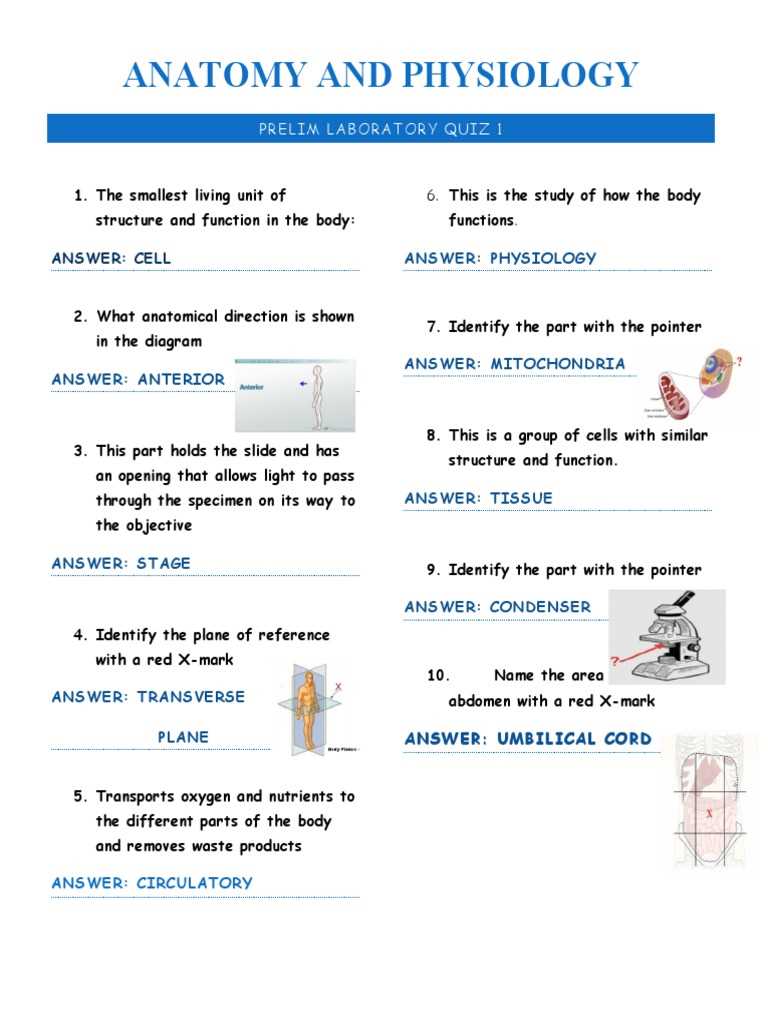
Blood flow is regulated by a combination of pressure differences, valve systems, and the rhythmic contraction of the heart. As the heart beats, it creates pressure that pushes blood through arteries. This flow continues into smaller vessels, eventually reaching the capillaries, where oxygen and nutrients are exchanged for carbon dioxide and waste. The veins then carry the deoxygenated blood back to the heart to start the process again.
Maintaining proper circulation is crucial for overall health. Any disruption in blood flow can result in a variety of health issues, such as reduced oxygen delivery to tissues or the buildup of waste products. Therefore, understanding how blood moves through the body is key to understanding how the body supports its vital processes.
The Digestive System Overview
The digestive system is responsible for breaking down food, absorbing nutrients, and eliminating waste. It is a complex network of organs that work together to process the food we consume, ensuring the body receives the energy and nutrients needed for survival. From ingestion to the final stages of waste removal, every part of this system plays a crucial role in maintaining overall health.
Key Organs Involved
The digestive system involves a series of interconnected organs, each with a specific function. The process begins in the mouth, continues in the stomach, and ends in the intestines. Below are some of the main organs and their roles:
- Mouth: The starting point where food is broken down by chewing and mixed with saliva for easier digestion.
- Esophagus: A muscular tube that moves food from the mouth to the stomach through coordinated contractions.
- Stomach: A sac-like organ where food is mixed with digestive enzymes and acids to break it down further.
- Small Intestine: The site of nutrient absorption where digested food is processed and nutrients are taken into the bloodstream.
- Large Intestine: Responsible for absorbing water and minerals, forming waste products to be excreted.
The Digestive Process
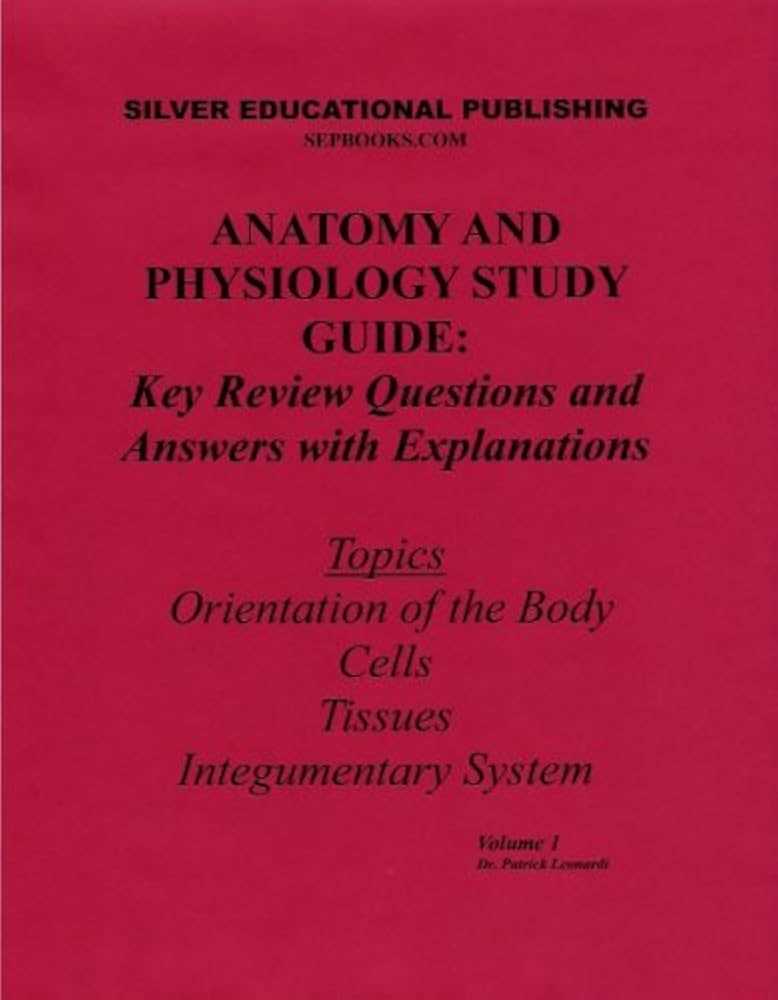
The process begins as food enters the mouth, where it is chewed and mixed with saliva to form a bolus. This bolus travels down the esophagus and into the stomach, where gastric juices further break it down. The partially digested food moves into the small intestine, where enzymes from the pancreas and bile from the liver help digest it into nutrients. These nutrients are absorbed through the walls of the small intestine and transported to cells throughout the body. The remaining waste moves into the large intestine, where water is absorbed, and the final waste is expelled.
Efficient digestion is essential for providing the body with energy and essential nutrients. Any disruption in this process can lead to digestive disorders or nutrient deficiencies, highlighting the importance of understanding the functioning of the digestive system.
The Musculoskeletal System Breakdown
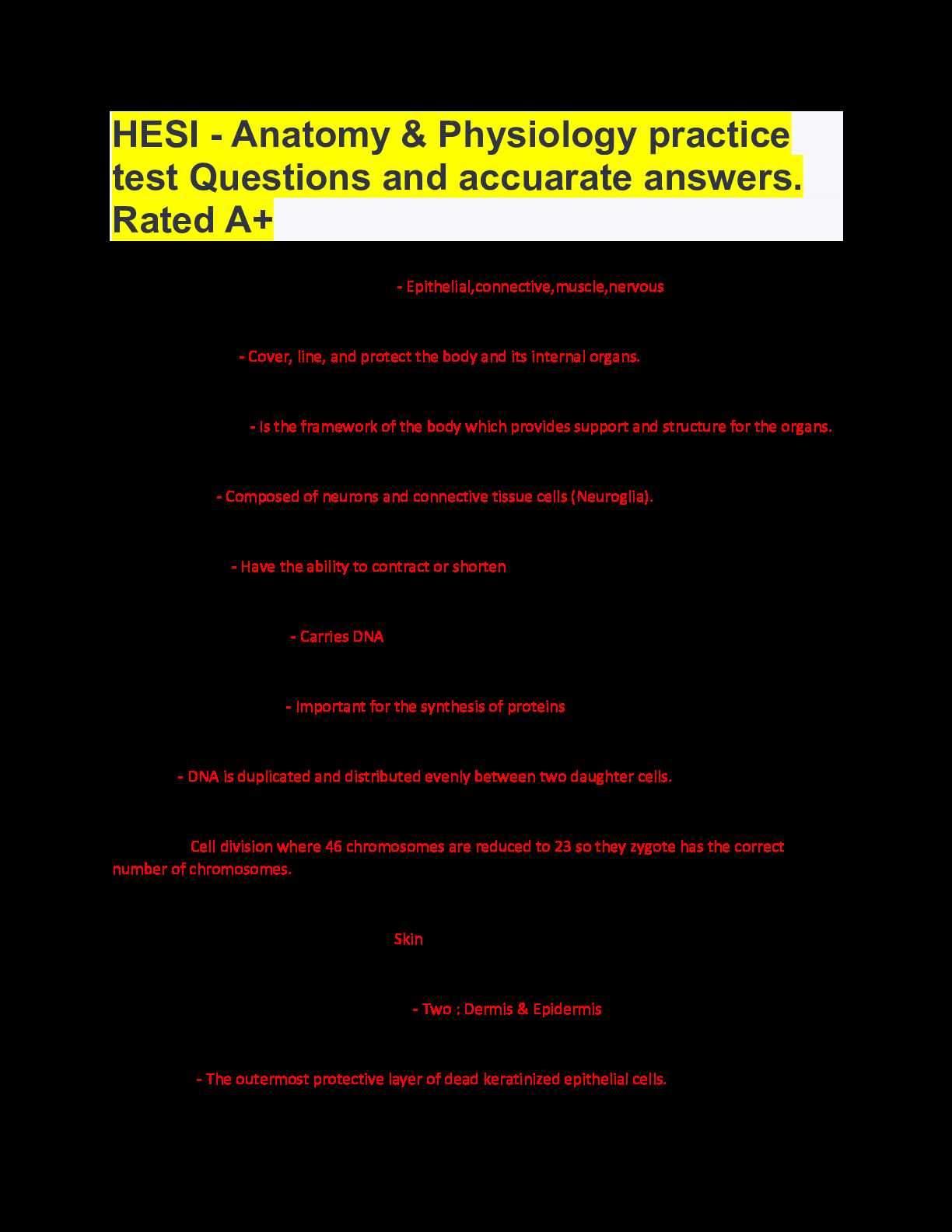
The musculoskeletal system is a vital structure that supports the body, facilitates movement, and protects internal organs. It is composed of two main components: bones and muscles, working together to allow a wide range of motions while providing stability. This system not only enables physical activities but also plays a crucial role in maintaining posture and protecting vital organs from injury.
Key Components of the Musculoskeletal System
The musculoskeletal system consists of various structures that work together to ensure proper functioning. The primary elements include:
- Bones: Serve as the body’s framework, providing structure, protecting organs, and acting as levers for muscle movement.
- Muscles: Responsible for generating force to produce movement. Muscles contract and relax, facilitating movement in the joints.
- Joints: The areas where two or more bones meet, allowing for flexibility and movement. Joints are supported by ligaments and cartilage.
- Ligaments: Tough bands of connective tissue that stabilize joints and connect bones together.
- Tendons: Connect muscles to bones, transmitting the force generated by muscles to produce movement.
Functions of the Musculoskeletal System
This system has several essential functions that contribute to overall body health. These include:
- Support: The bones provide the framework that supports the body’s weight and maintains its shape.
- Movement: Muscles, in coordination with bones and joints, facilitate movement, enabling actions like walking, running, and lifting.
- Protection: Bones protect vital internal organs, such as the brain, heart, and lungs, from physical harm.
- Mineral Storage: Bones store minerals like calcium and phosphorus, which are essential for various bodily functions.
- Blood Cell Production: Bone marrow within certain bones is responsible for producing red and white blood cells, critical for oxygen transport and immune function.
The musculoskeletal system is intricately designed to provide structure, support, and mobility. Its components work in harmony to ensure that the body can move effectively and remain protected from external forces. Understanding the breakdown of this system is crucial for maintaining physical health and preventing injuries.
Respiratory System and Breathing Process
The respiratory system is essential for the intake of oxygen and the removal of carbon dioxide from the body. This process supports cellular functions and overall metabolic processes, ensuring that tissues receive the oxygen needed for energy production. It involves a network of organs and structures that work together to facilitate gas exchange and maintain proper internal conditions.
Key Organs of the Respiratory System
The respiratory system includes several key organs that allow for the movement of air, the exchange of gases, and the regulation of breathing. These organs include:
- Nose and Nasal Passages: The entry points for air, where it is filtered, warmed, and moistened before entering the lungs.
- Trachea: A tube that connects the throat to the bronchi, allowing air to pass into the lungs.
- Bronchi: Branches of the trachea that lead to each lung, further subdividing into smaller airways called bronchioles.
- Lungs: The primary organs where gas exchange occurs, with oxygen entering the blood and carbon dioxide leaving it.
- Diaphragm: A large muscle beneath the lungs that contracts and relaxes to facilitate inhalation and exhalation.
The Breathing Process
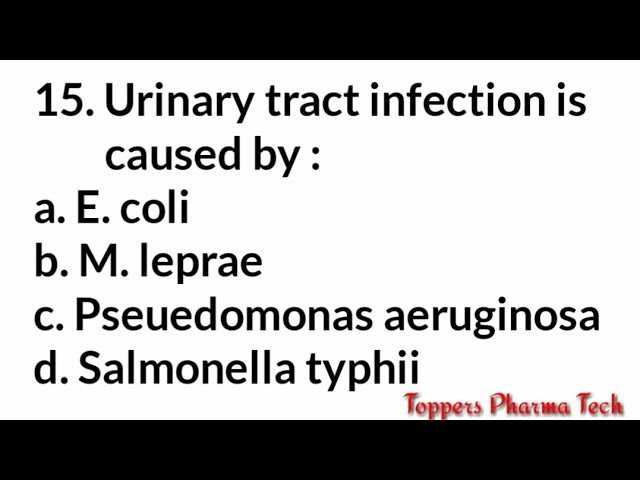
Breathing is a continuous process that allows for the intake of oxygen and the expulsion of carbon dioxide. It consists of two main phases: inhalation and exhalation. During inhalation, air is drawn into the lungs through the nasal passages, trachea, and bronchi. This air is rich in oxygen, which is then exchanged in the alveoli of the lungs and absorbed into the bloodstream.
During exhalation, the diaphragm relaxes, and the lungs contract, expelling carbon dioxide, a waste product of cellular metabolism. This process ensures that the body maintains a balance of gases necessary for proper cellular function. The efficiency of this system is crucial for maintaining energy production and overall health.
The Endocrine System and Hormones
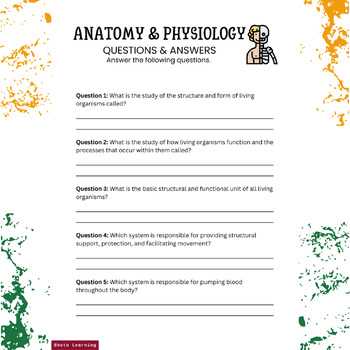
The endocrine system plays a vital role in regulating numerous bodily functions through the release of chemical messengers known as hormones. These substances travel through the bloodstream to target specific organs and tissues, helping to coordinate complex processes such as growth, metabolism, and mood regulation. By adjusting hormone levels, the body can maintain balance and respond to various internal and external changes.
Key Glands of the Endocrine System
The endocrine system is made up of several important glands, each responsible for producing specific hormones that influence different aspects of bodily functions:
- Pituitary Gland: Often referred to as the “master gland,” it regulates the function of other endocrine glands and controls growth, reproduction, and metabolism.
- Thyroid Gland: Located in the neck, it produces hormones that regulate metabolism, energy production, and temperature control.
- Adrenal Glands: Situated above the kidneys, these glands release hormones like adrenaline and cortisol, which help manage stress responses and regulate metabolism.
- Pancreas: This gland produces insulin and glucagon, which regulate blood sugar levels and support energy balance in the body.
- Ovaries and Testes: These reproductive glands produce sex hormones such as estrogen, progesterone, and testosterone, influencing reproduction, sexual function, and secondary sex characteristics.
How Hormones Regulate Body Functions
Hormones function as messengers, traveling through the bloodstream to reach specific receptors on target cells. Once bound to these receptors, hormones initiate processes that influence the growth, development, metabolism, and overall homeostasis of the body. For instance, insulin helps regulate glucose levels in the blood, while thyroid hormones control the body’s metabolism by influencing the rate at which cells use energy.
By maintaining the proper balance of hormones, the endocrine system ensures that the body functions efficiently and adapts to changing conditions. Disruptions in hormone production can lead to various health conditions, such as diabetes, thyroid disorders, or adrenal imbalances, highlighting the importance of hormonal regulation for overall well-being.
The Immune System Defenses

The immune system is the body’s primary defense mechanism against harmful pathogens, such as bacteria, viruses, and fungi. It is made up of a complex network of cells, tissues, and organs that work together to identify and neutralize threats. By recognizing foreign invaders, the body can respond rapidly to prevent infections and maintain overall health.
The body’s defenses can be divided into two main categories: innate and adaptive immunity. While innate immunity provides an immediate response to infections, adaptive immunity offers a more targeted, long-term defense by “remembering” past encounters with pathogens. Both systems are essential for protecting the body from various diseases and infections.
Innate Immune Defenses
The innate immune system serves as the first line of defense, providing an immediate but general response to pathogens. Key components of this system include:
- Physical Barriers: The skin and mucous membranes act as physical barriers that prevent pathogens from entering the body.
- Phagocytes: Cells like macrophages and neutrophils engulf and digest invading microorganisms, helping to clear infections.
- Inflammatory Response: When an infection occurs, the body increases blood flow to the affected area, leading to swelling, redness, and heat. This helps to isolate and destroy pathogens.
- Antimicrobial Proteins: Substances like interferons and complement proteins work to disrupt the ability of pathogens to replicate and spread within the body.
Adaptive Immune Defenses
The adaptive immune system offers a more specialized defense by targeting specific pathogens and remembering them for future encounters. Key elements of adaptive immunity include:
- B-cells: These cells produce antibodies, which are proteins that specifically target pathogens for destruction or neutralization.
- T-cells: T-cells help regulate immune responses and directly attack infected cells to stop the spread of infection.
- Memory Cells: After an infection is cleared, memory cells remain in the body, allowing the immune system to respond more quickly if the same pathogen invades again.
By coordinating the innate and adaptive responses, the immune system is able to mount an effective defense against a wide range of potential threats. Regular exposure to pathogens and vaccination can also help the immune system stay prepared for future infections, ensuring long-term protection.
The Lymphatic System Functions
The lymphatic system is a critical network that plays several essential roles in maintaining the body’s health. It works closely with the circulatory system to manage fluid balance, defend against infections, and facilitate the absorption of fats. By transporting lymph– a clear fluid rich in white blood cells– it helps to remove waste products and harmful substances from tissues, ensuring overall well-being.
One of the key functions of the lymphatic system is immunity. It helps the body recognize and fight off foreign invaders like bacteria, viruses, and other pathogens. Additionally, it aids in the removal of cellular waste and contributes to fluid regulation within tissues.
Major Functions of the Lymphatic System
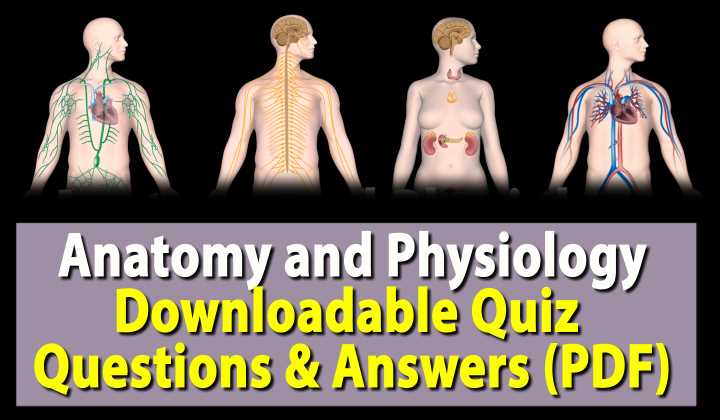
| Function | Description |
|---|---|
| Fluid Balance | By collecting excess fluid from tissues and returning it to the bloodstream, the lymphatic system helps prevent swelling and maintains normal fluid levels. |
| Immune Response | The lymphatic system transports white blood cells, which play a crucial role in identifying and eliminating pathogens and other harmful substances. |
| Fat Absorption | In the digestive system, the lymphatic system helps absorb fats and fat-soluble vitamins from the intestines, which are then transported to the bloodstream. |
| Waste Removal | The lymph carries away cellular debris and waste products from tissues, preventing buildup that could lead to infection or other health issues. |
By working together with other bodily systems, the lymphatic network ensures the body remains balanced, protected, and free from harmful pathogens. Proper functioning of this system is essential for overall health, as it supports immune defenses, fluid regulation, and nutrient absorption.
The Integumentary System’s Role
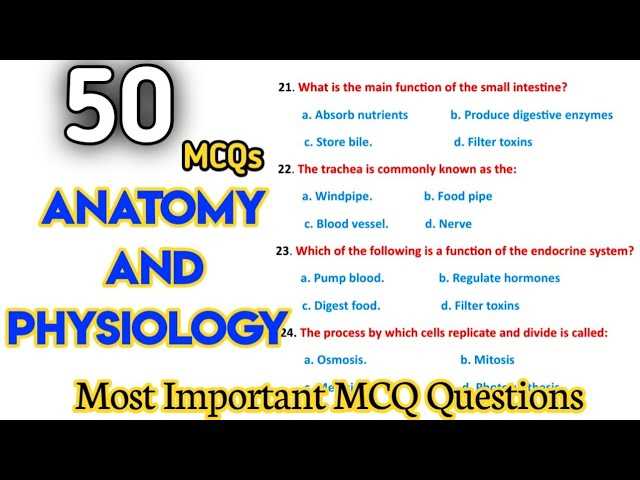
The integumentary system serves as the body’s primary barrier against external threats, protecting it from harmful elements such as bacteria, UV radiation, and temperature extremes. It also plays a crucial role in maintaining internal balance, aiding in processes like sensation, temperature regulation, and waste elimination. This system works continuously to ensure the body’s safety and comfort by utilizing a combination of physical, chemical, and biological defenses.
Key components of this system include the skin, hair, nails, and glands. Each of these structures has specific functions that contribute to overall protection and well-being. By serving as a shield for internal organs and maintaining homeostasis, the integumentary system supports various bodily functions that are essential for survival.
Key Functions of the Integumentary System
- Protection: The skin acts as a physical barrier, shielding the body from pathogens, harmful chemicals, and environmental damage.
- Sensation: Nerve endings in the skin detect sensations such as touch, temperature, and pain, allowing the body to respond to its surroundings.
- Temperature Regulation: Sweat glands and blood vessels in the skin help regulate body temperature by releasing heat through sweating and controlling blood flow.
- Excretion: The skin helps eliminate waste products, such as salts and toxins, through perspiration.
- Vitamin D Production: Exposure to sunlight triggers the production of vitamin D in the skin, which is vital for calcium absorption and bone health.
Each of these functions plays a critical role in maintaining overall health, ensuring the body’s ability to defend itself against harmful elements and regulate its internal processes. The integumentary system is much more than just a covering–it is an active, dynamic system essential for well-being.
Understanding Body Temperature Regulation
The human body maintains a stable internal environment despite fluctuating external conditions. One of the key aspects of this balance is controlling body temperature, which is essential for proper functioning. The body constantly adjusts heat levels through various mechanisms to ensure that processes like metabolism, enzyme activity, and organ functions proceed optimally.
This complex system involves several components, including the skin, blood vessels, sweat glands, and the brain. Together, these systems work to either generate or dissipate heat, depending on the body’s needs. Through this dynamic regulation, the body can adapt to both cold and hot environments while keeping its core temperature within a narrow, healthy range.
Mechanisms of Heat Production and Loss

- Heat Generation: The body produces heat through metabolic processes, particularly muscle activity and cellular functions, like the breakdown of food for energy.
- Heat Loss: When temperatures rise, the body releases excess heat through sweating, allowing moisture on the skin’s surface to evaporate and cool the body.
- Vasodilation and Vasoconstriction: Blood vessels adjust their diameter to either release or conserve heat. In hot conditions, they widen to allow more blood flow to the skin, while in cold environments, they narrow to conserve heat.
The Role of the Hypothalamus
The hypothalamus, a small region of the brain, acts as the body’s thermostat. It constantly monitors core temperature and activates appropriate responses when deviations occur. If the body becomes too warm, the hypothalamus signals the sweat glands to produce sweat, prompting the body to cool down. Conversely, when the body becomes too cold, it triggers mechanisms like shivering and the constriction of blood vessels to conserve heat.
Through these processes, the body ensures that it remains within a temperature range that allows for optimal health and performance. Proper regulation is vital for sustaining life and preventing heat-related or cold-related complications.
The Reproductive System Insights
The human reproductive system plays a crucial role in the continuation of the species, ensuring the creation of offspring. This complex network of organs and hormones is designed to enable fertilization, development, and birth. It consists of distinct structures in both males and females, each with specific functions that contribute to reproduction.
At its core, this system involves the production of gametes, the union of these cells during fertilization, and the nurturing of a developing fetus. The body’s ability to regulate this process is controlled by intricate hormonal signals, allowing for precise timing and coordination between the organs involved.
Key Structures in the Male Reproductive System
- Testes: These produce sperm and male hormones, essential for reproduction and secondary sex characteristics.
- Epididymis: A coiled tube where sperm mature and are stored before ejaculation.
- Vas Deferens: The duct that transports mature sperm from the epididymis to the urethra for release during ejaculation.
- Prostate Gland: This gland secretes fluid that nourishes and protects sperm during its journey.
Key Structures in the Female Reproductive System
- Ovaries: These are responsible for producing eggs (ova) and hormones like estrogen and progesterone.
- Fallopian Tubes: These tubes carry the eggs from the ovaries toward the uterus and are the site of fertilization.
- Uterus: A hollow organ where the fertilized egg implants and develops into a fetus during pregnancy.
- Cervix: The lower part of the uterus that connects to the vagina and plays a role in childbirth.
The functioning of this system is highly dependent on a balance of hormones, which regulate everything from the release of eggs in women to sperm production in men. Disruptions in this balance can affect fertility and overall reproductive health.
The Urinary System and Waste Removal
The body’s ability to eliminate excess substances and maintain internal balance is essential for overall health. A specialized system is responsible for filtering waste products from the bloodstream, regulating fluid levels, and excreting these materials through urine. This process ensures that harmful compounds do not accumulate within the body, which could disrupt normal functioning.
Several key organs work together to carry out waste removal efficiently. The kidneys are the central players in this process, constantly filtering blood to remove metabolic byproducts, while also balancing electrolyte and fluid levels. The excretory pathway that follows includes the bladder and urethra, which store and transport urine until it is ready to be expelled from the body.
Key Structures of the Urinary System
- Kidneys: These are the primary organs responsible for filtering blood, removing waste, and producing urine.
- Ureters: These tubes transport urine from the kidneys to the bladder for storage.
- Bladder: A muscular organ that stores urine until it is excreted from the body.
- Urethra: This tube carries urine from the bladder to the outside during urination.
Waste Elimination and Fluid Balance
- Filtration: Blood is filtered through the kidneys to remove waste products like urea and creatinine.
- Reabsorption: Essential substances such as water, glucose, and electrolytes are reabsorbed back into the bloodstream.
- Excretion: The remaining waste, along with excess water, is formed into urine and transported for elimination.
Through this intricate filtration system, the body effectively removes unwanted waste, ensuring that internal conditions remain stable. Any disruption in the process, such as kidney disease or urinary tract infections, can lead to significant health problems, highlighting the importance of maintaining the health of this system.
Anatomy and Physiology Disorders Overview

The human body is a complex system of interconnected organs and processes, all working in harmony to maintain overall health. However, disruptions in these systems can lead to a variety of disorders, affecting both the structure and function of the body. These conditions may range from mild to severe, impacting vital systems such as the circulatory, respiratory, or nervous systems, and can manifest in various symptoms.
Understanding these disorders is crucial for diagnosis, treatment, and prevention. Identifying the root cause of a condition often involves examining how the affected organ or system is functioning and how it impacts other parts of the body. The following is an overview of some common disorders that can arise within different physiological systems:
Common Disorders by System

- Cardiovascular System: Conditions such as hypertension, coronary artery disease, and heart failure can lead to impaired circulation and oxygen delivery to tissues.
- Respiratory System: Disorders like asthma, chronic obstructive pulmonary disease (COPD), and pneumonia affect the lungs’ ability to exchange gases efficiently.
- Nervous System: Disorders such as multiple sclerosis, Alzheimer’s disease, and epilepsy interfere with the brain and spinal cord’s ability to process and send signals.
- Musculoskeletal System: Conditions like arthritis, osteoporosis, and muscular dystrophy impact movement, strength, and joint flexibility.
- Endocrine System: Disorders such as diabetes, hypothyroidism, and adrenal insufficiency arise from imbalances in hormone production and regulation.
Signs and Symptoms
- Fatigue: A common symptom across many disorders, often linked to inadequate oxygen delivery or metabolic imbalance.
- Pain: Can be localized or widespread, depending on the affected system, and may indicate inflammation or tissue damage.
- Shortness of breath: Often linked to respiratory or cardiovascular issues, indicating compromised lung or heart function.
- Weakness: May result from muscular or neurological conditions, affecting mobility and coordination.
Recognizing the signs and symptoms of these disorders is crucial for early intervention and effective treatment. Proper management can help prevent further complications and improve quality of life for those affected by these conditions.